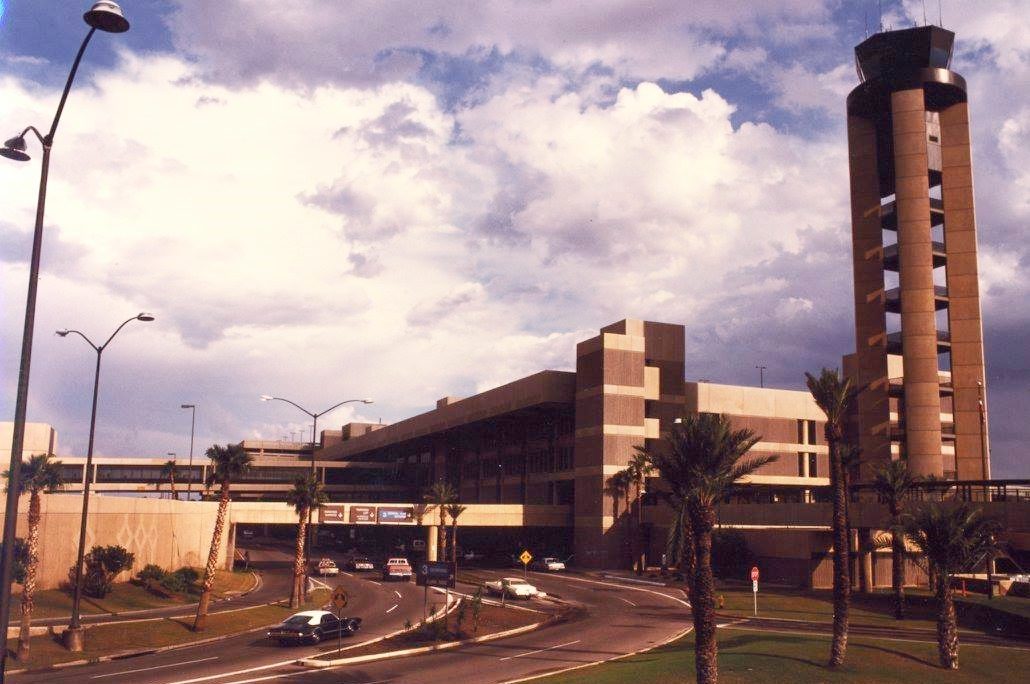
Phoenix Sky Harbor International Airport

Audio By Carbonatix
Phoenix Sky Harbor International Airport officially turned 90 this year and it’s flying higher than ever. More than 52 million passengers moved through its terminals in 2024, the busiest year in Phoenix Sky Harbor history. Within the last year, it’s also been named one of the nation’s top airports. It’s also gotten new lounges and other passenger amenities. A brand-new terminal is set to break ground in 2030.
Needless to say, the Valley’s largest airport has come a long way since its dusty beginnings.
Back in 1928, aviator J. Parker Van Zandt bought 278 acres east of downtown for his company Scenic Airways. He built a single hangar and a dirt runway, naming the fledgling airport Sky Harbor. Less than a year later, the stock market crash forced Van Zandt to sell the property.
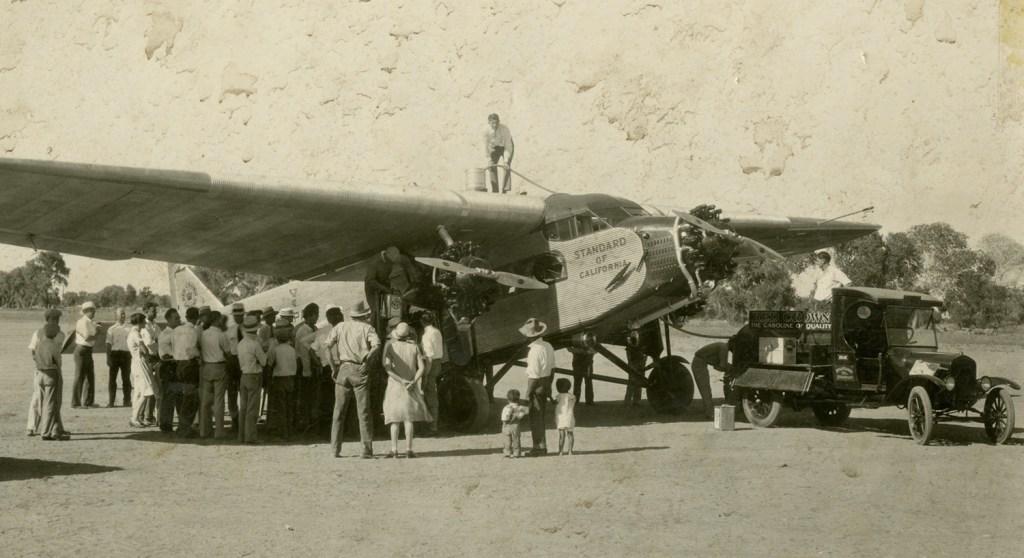
Phoenix Sky Harbor International Airport
Phoenix, make your New Year’s Resolution Count!
We’re $14,000 away from our End-of-Year campaign goal, with just a five days left! We’re ready to deliver — but we need the resources to do it right. If New Times matters to you, please contribute today to help us expand our current events coverage when it’s needed most.
By 1935, the city of Phoenix purchased Sky Harbor for $100,000 and started expanding, including constructing a new runway. The airport quickly became the city’s gateway as carriers like TWA began service to the Valley and Arizona grew as a tourist destination.
World War II brought Army Air Corps training flights, which toughened the runways and boosted the airport’s strategic importance.
The postwar boom and the ensuing jet age reshaped Sky Harbor. Longer runways and nonstop commercial service to far-flung destinations transformed the airport. As Phoenix ditched its sleepy desert-town image, a growing number of travelers were greeted by sleek new terminals.
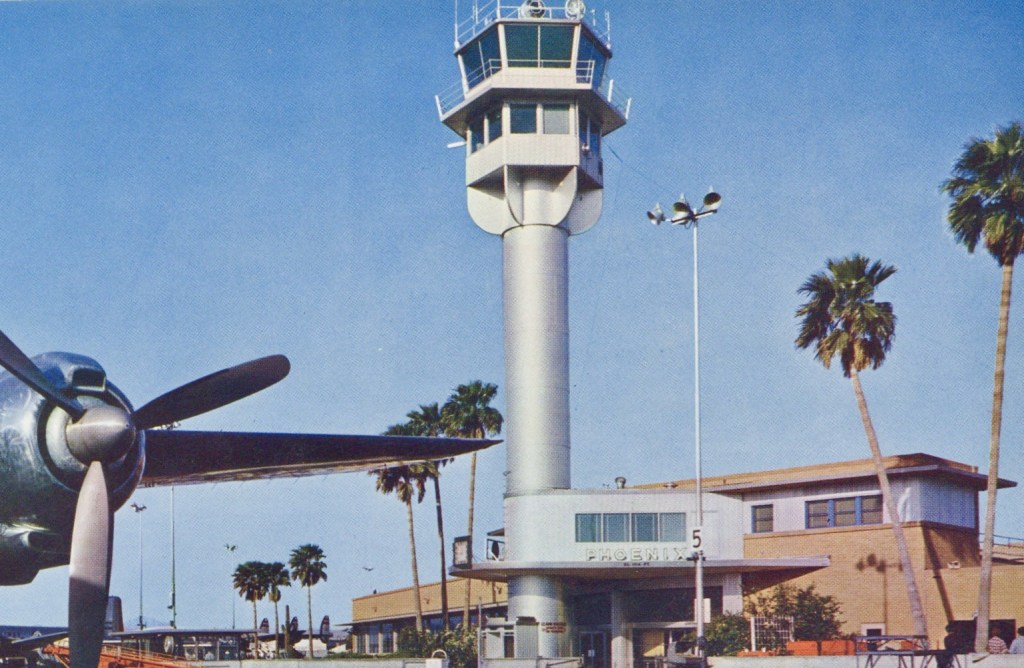
Petley Studios
Terminal 1 was built in the early 1950s at a cost of $835,000, giving passengers a modern experience. The adjacent Terminal 2 followed in 1962, boasting polished terrazzo floors and Paul Coze’s iconic mosaic mural, “The Phoenix.” By then, Sky Harbor was welcoming upward of a million passengers a year.
Terminal 3 arrived in 1979, handling soaring passenger traffic and nonstop flights. By the 1980s, Sky Harbor became a flagship airport for the now-defunct America West Airlines. Terminal 4 opened in the early 1990s, expanding international service and securing Sky Harbor’s role as the Valley’s aviation hub for millions of travelers.
In honor of the theme of our annual Best of Phoenix issue, here’s a photo retrospective of Phoenix Sky Harbor.
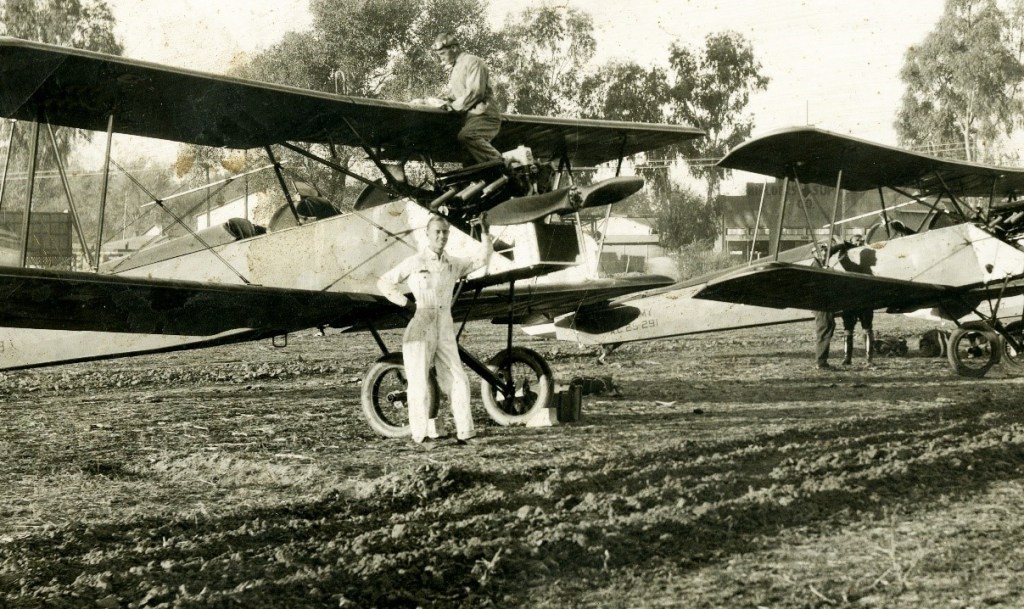
Phoenix Sky Harbor International Airport
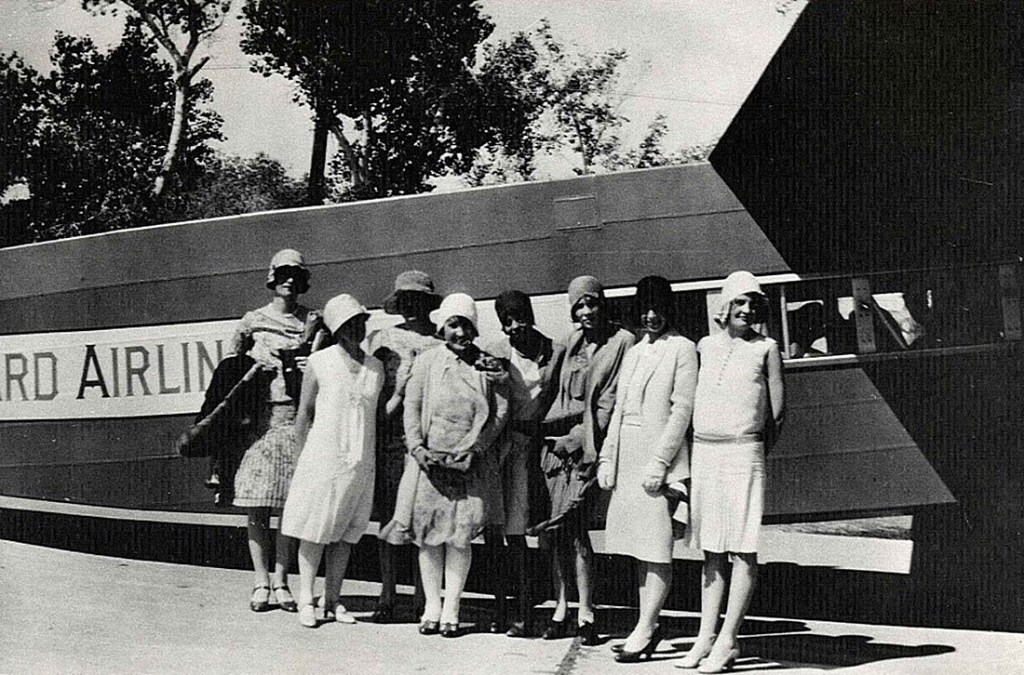
Phoenix Sky Harbor International Airport
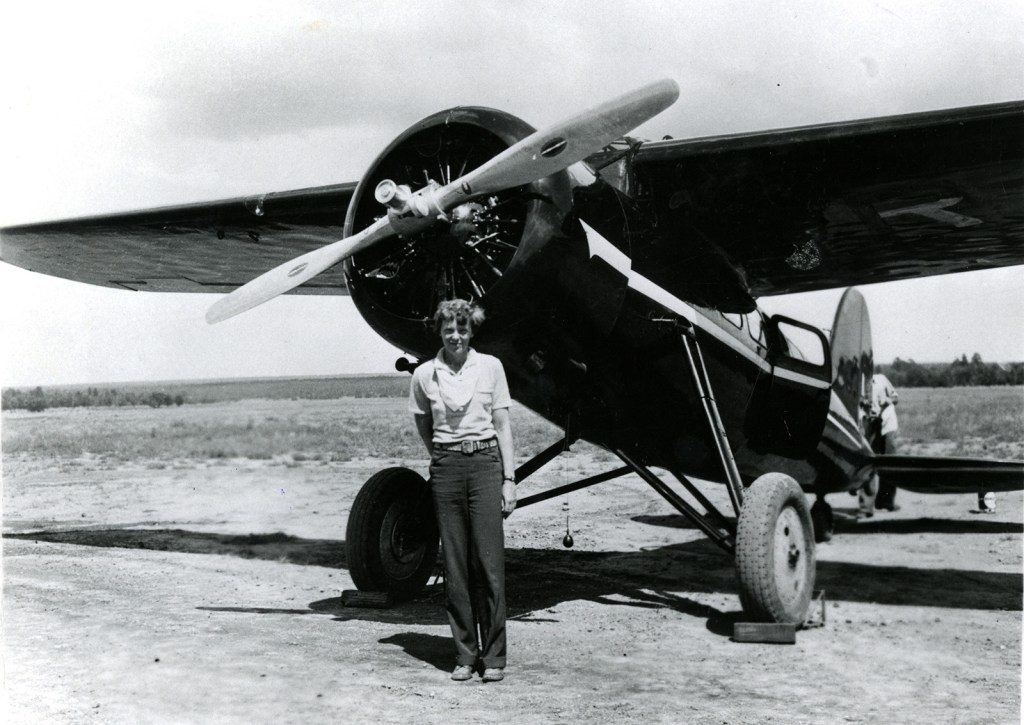
Phoenix Sky Harbor International Airport
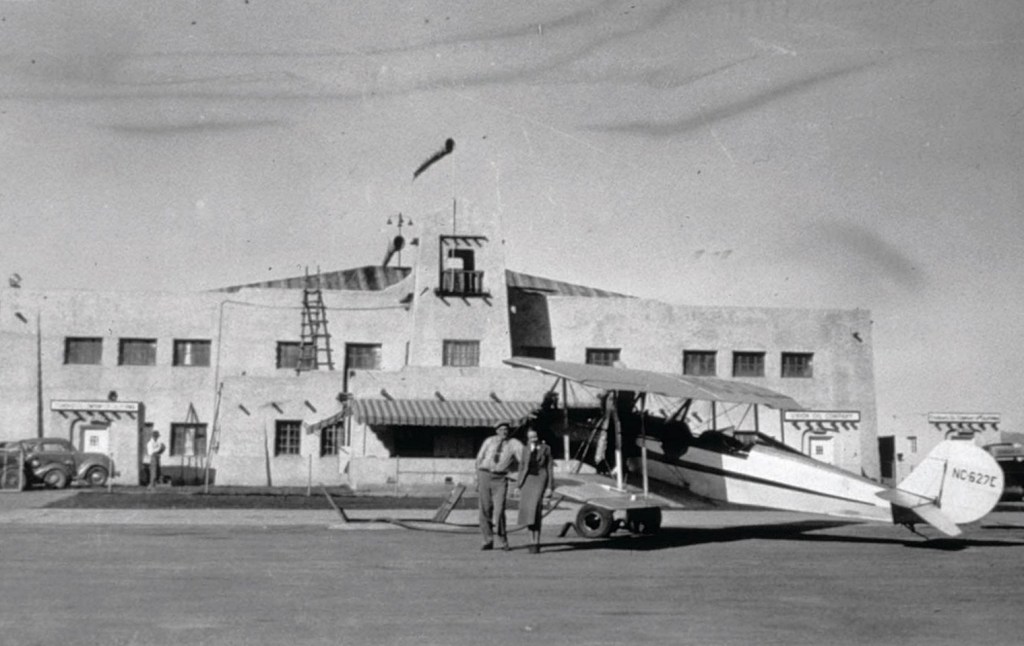
Phoenix Sky Harbor International Airport
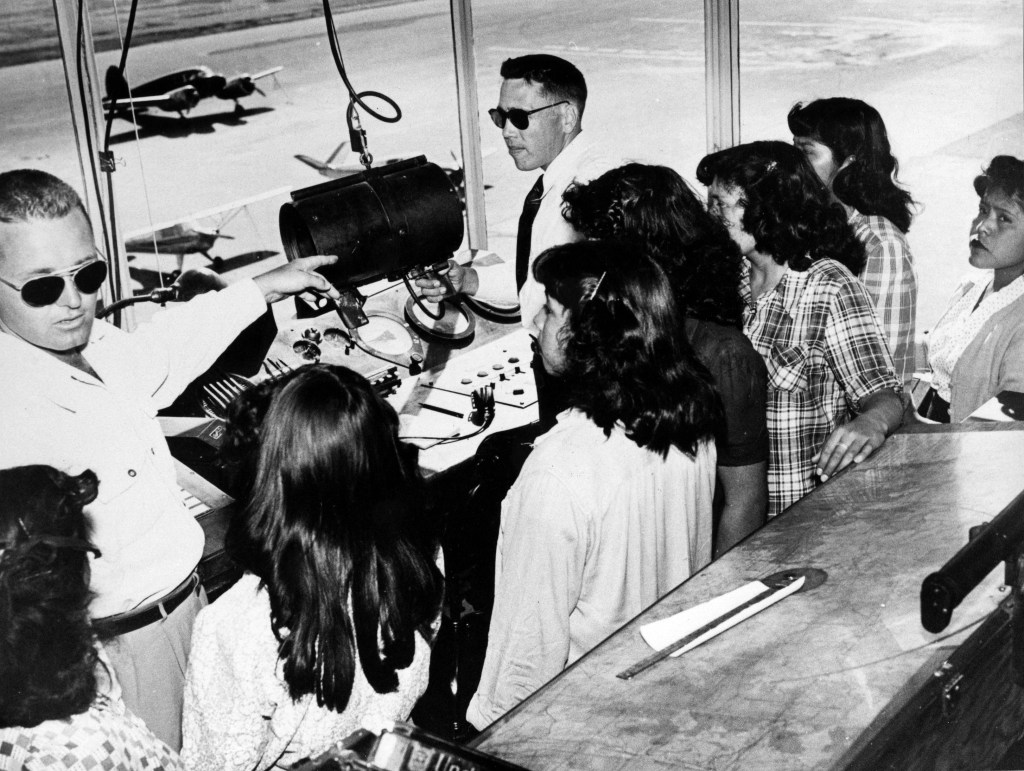
Phoenix Sky Harbor International Airport
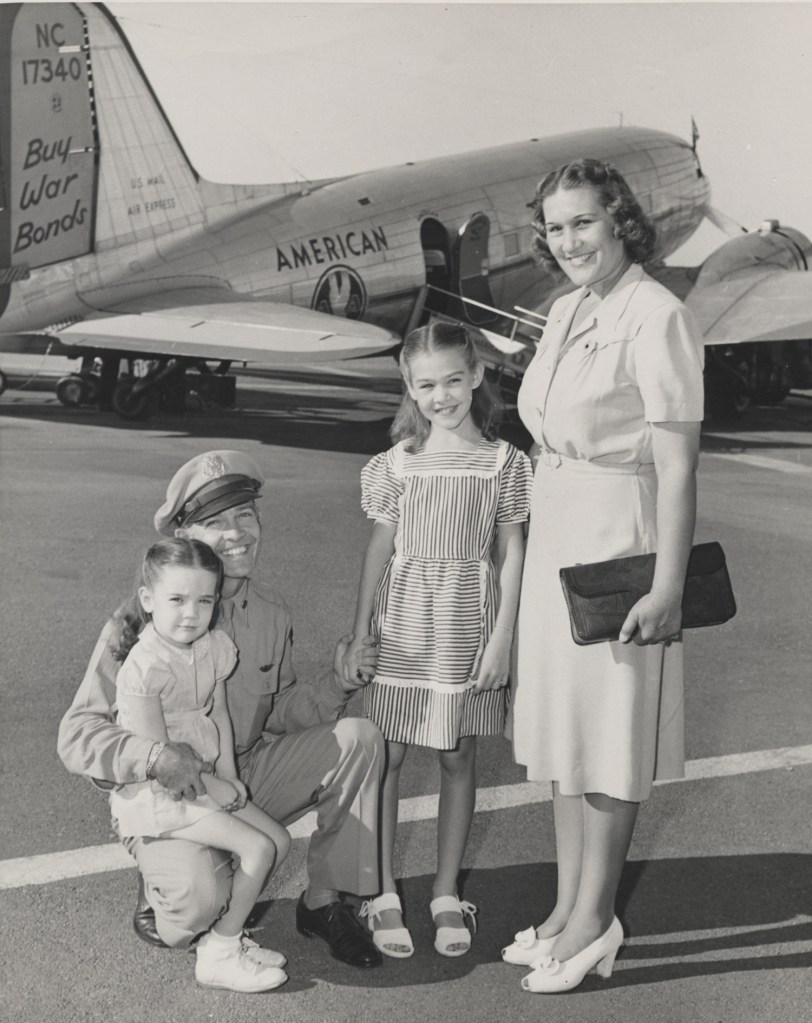
Tempe History Museum
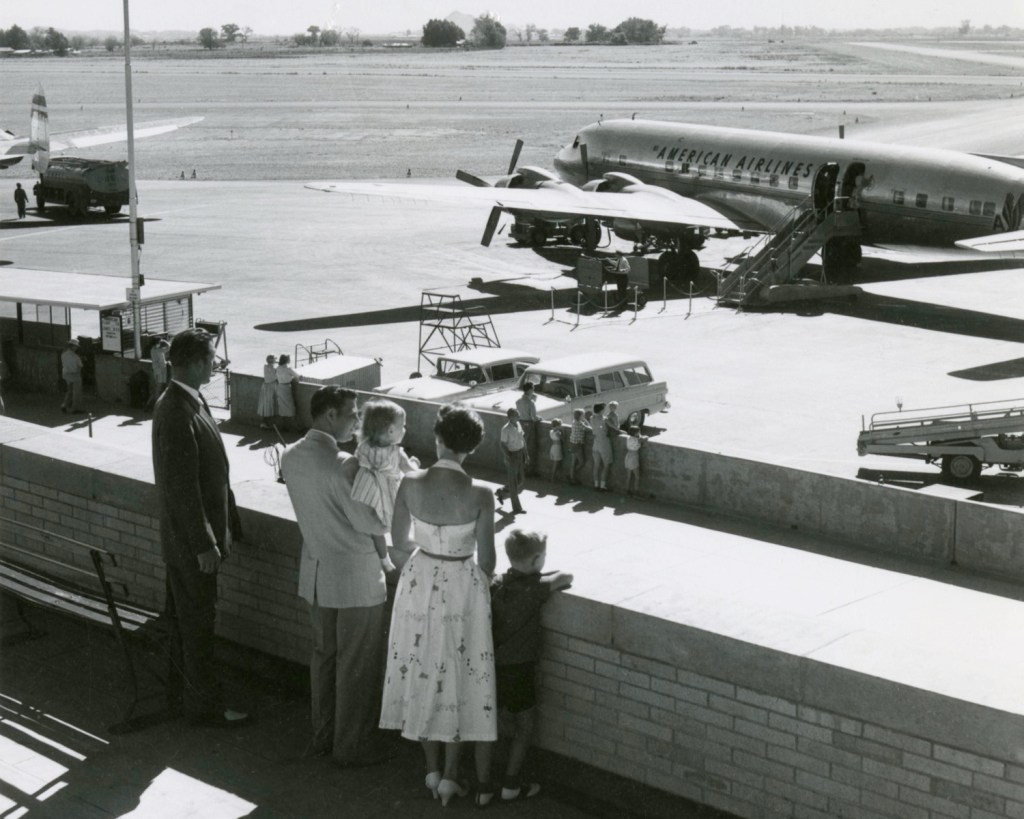
Phoenix Sky Harbor International Airport
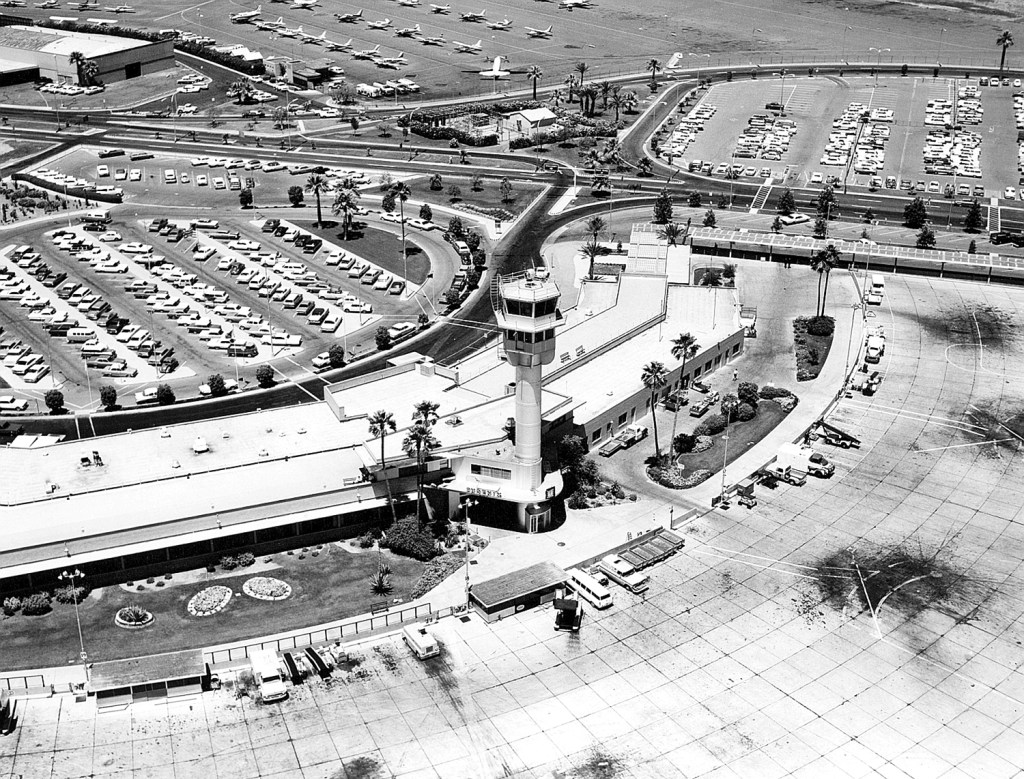
Phoenix Sky Harbor International Airport
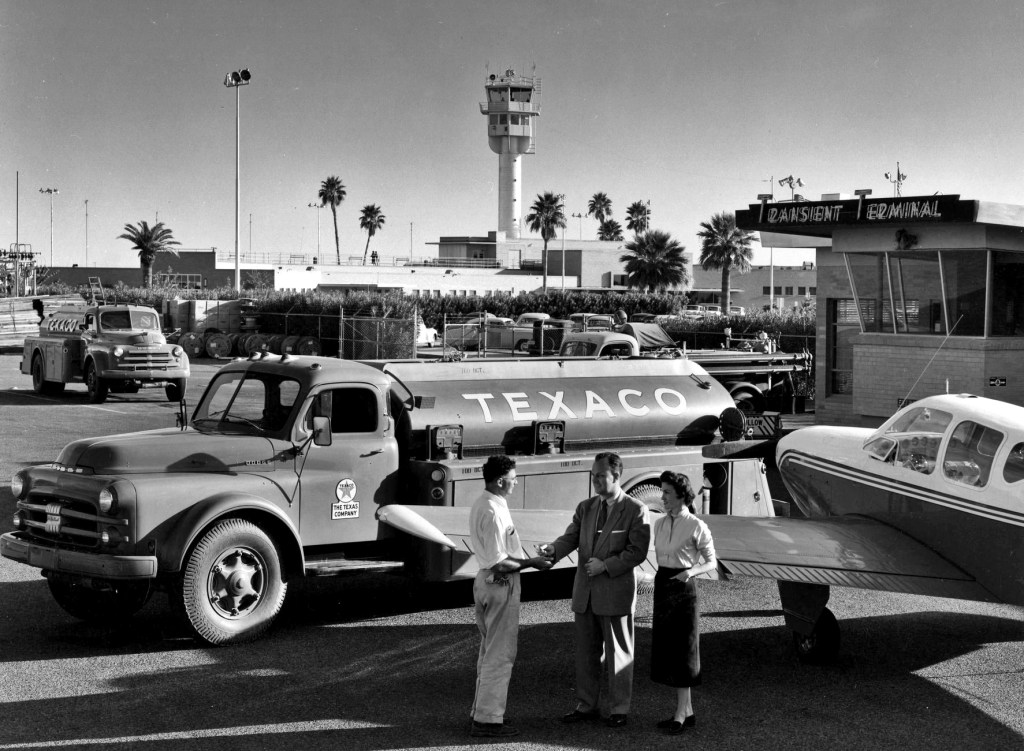
Phoenix Sky Harbor International Airport
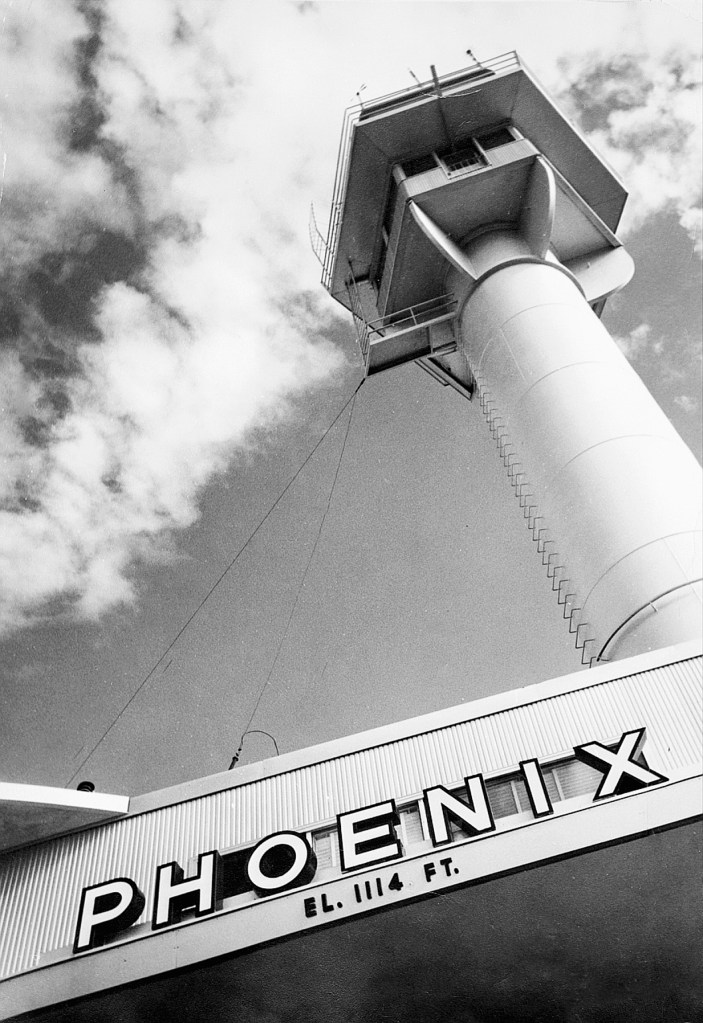
Phoenix Sky Harbor International Airport
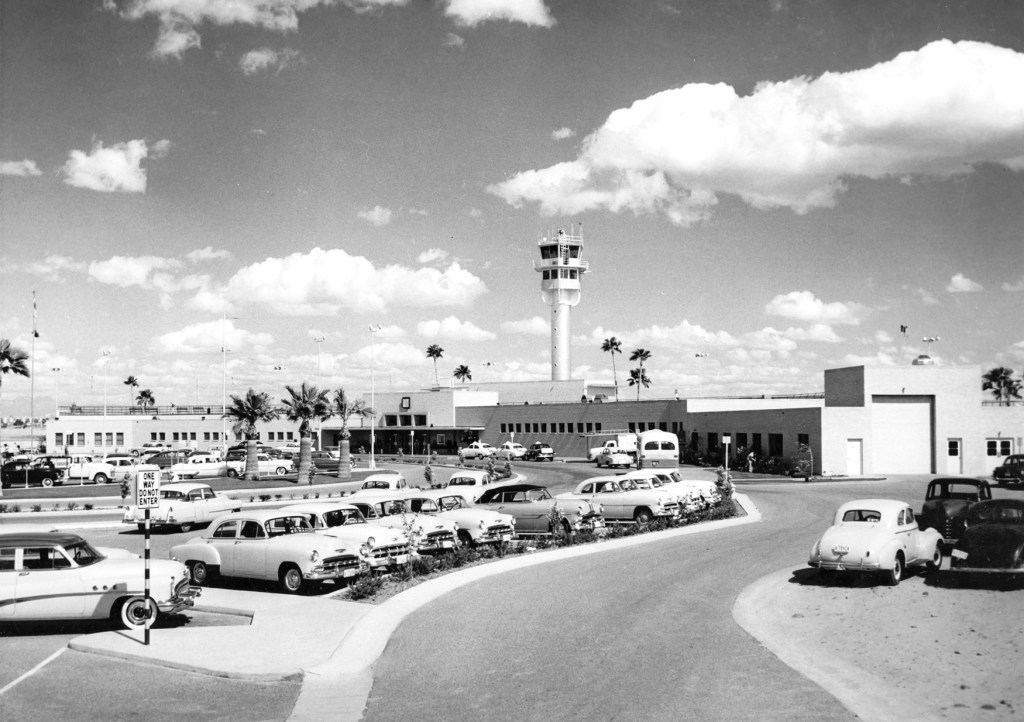
Phoenix Sky Harbor International Airport
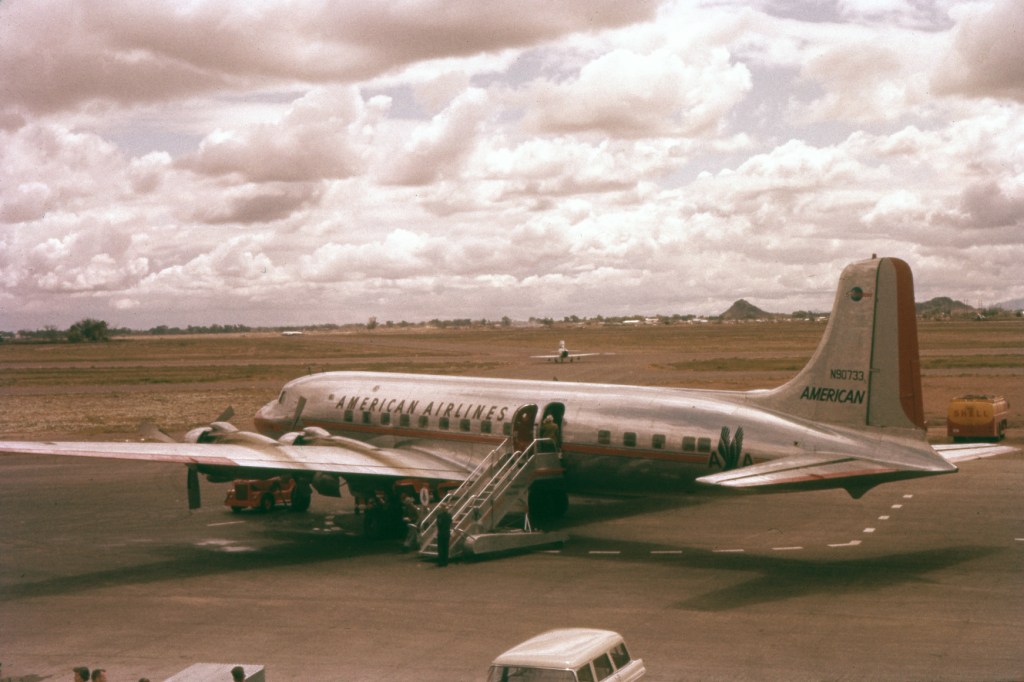
Tempe History Museum
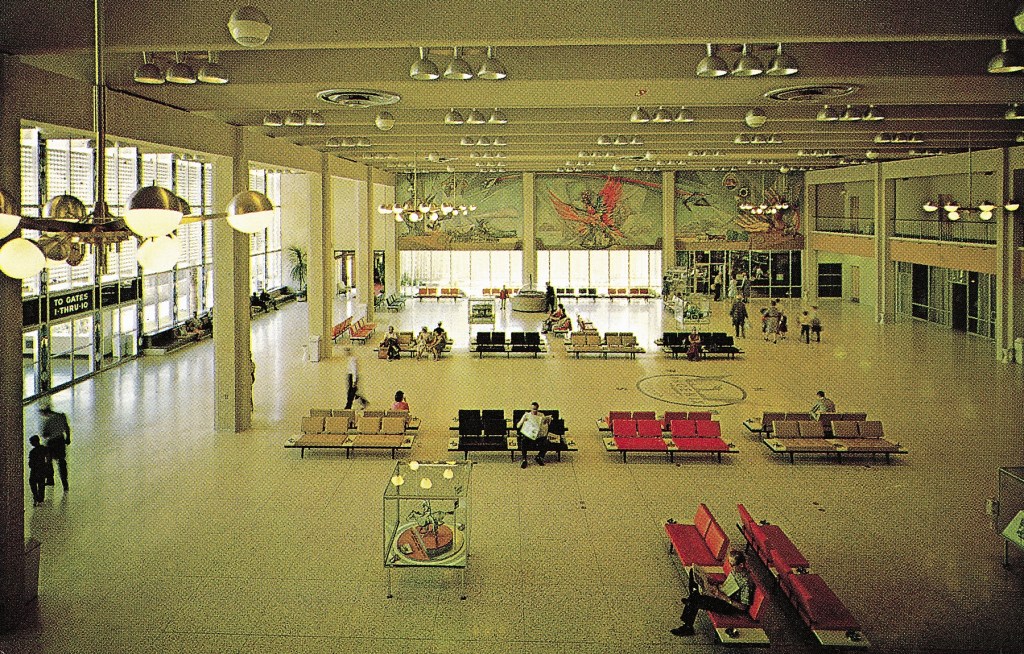
Phoenix Sky Harbor International Airport
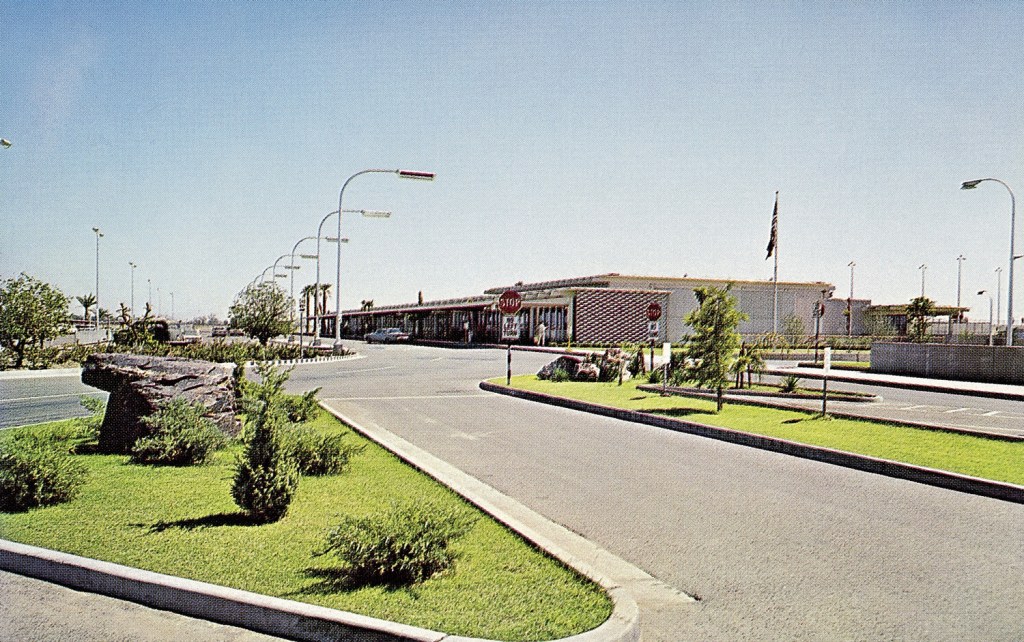
Phoenix Sky Harbor International Airport
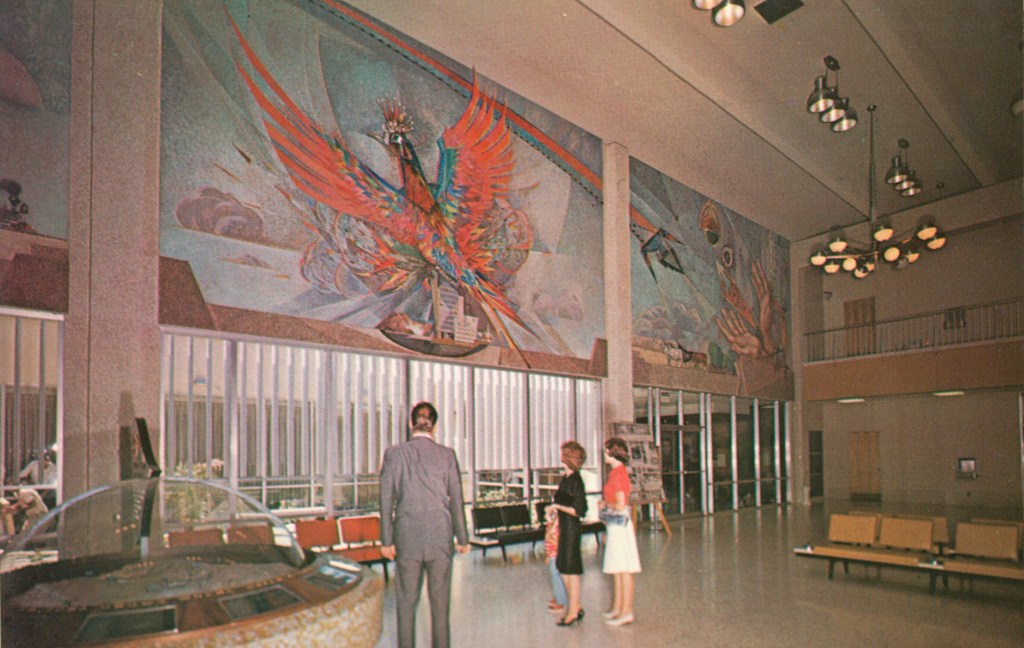
Petley Studios
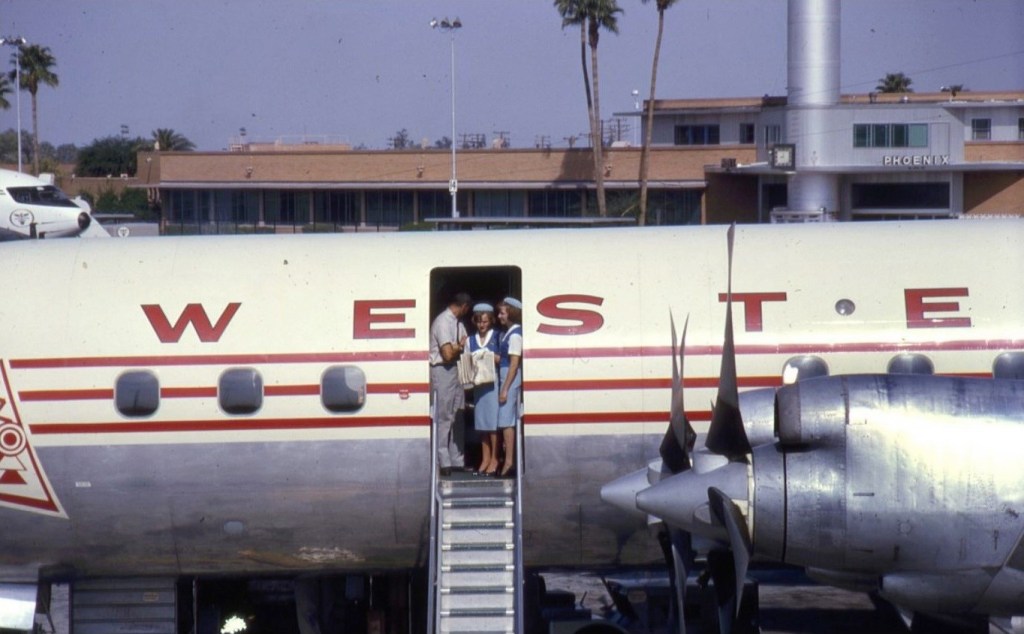
Phoenix Sky Harbor International Airport
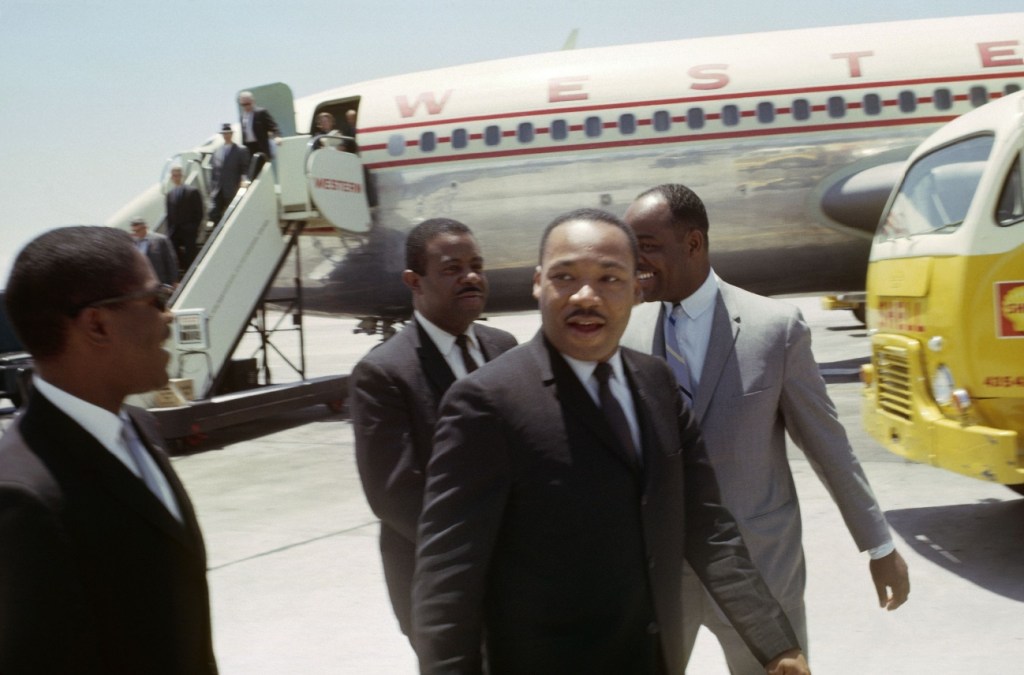
Ragsdale Family Papers, MSS-451, Arizona State University Library.
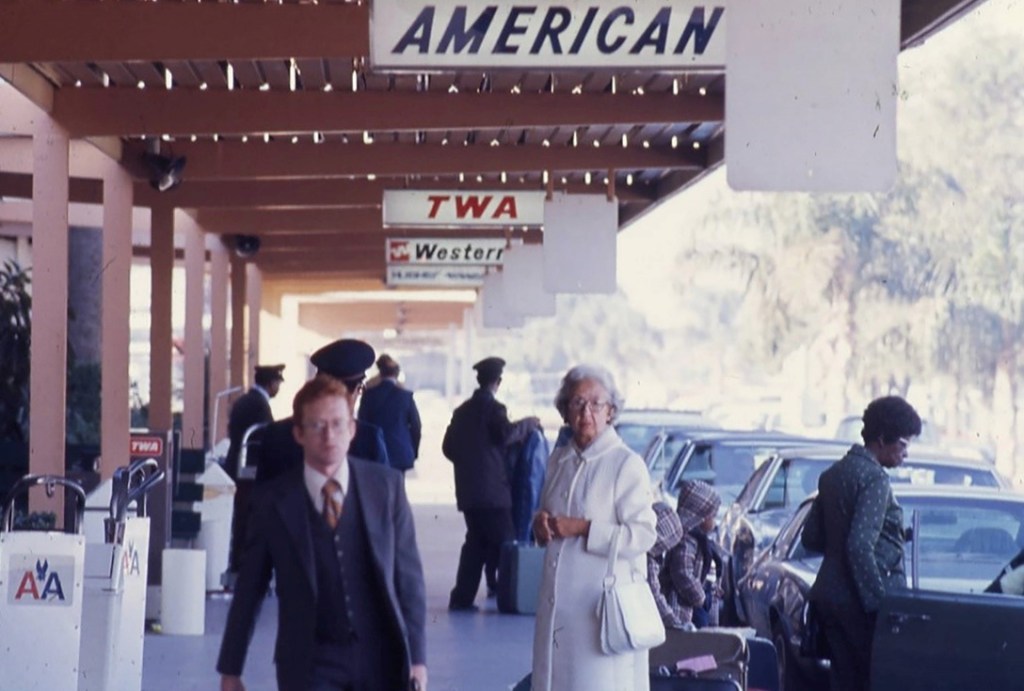
Phoenix Sky Harbor International Airport
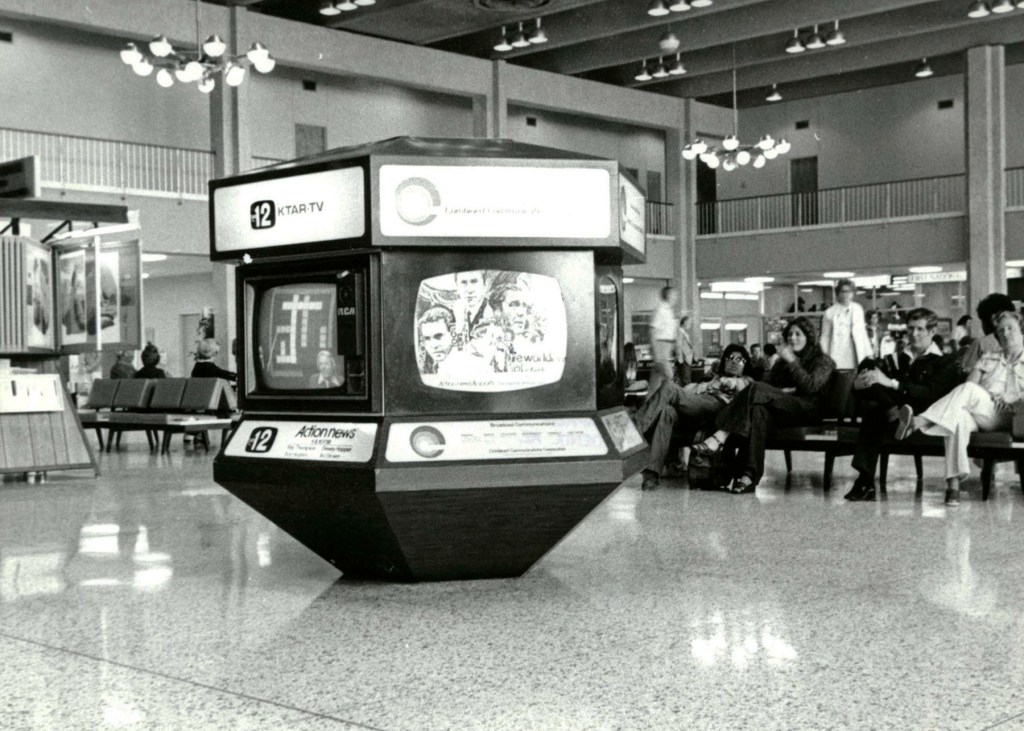
Phoenix Sky Harbor International Airport
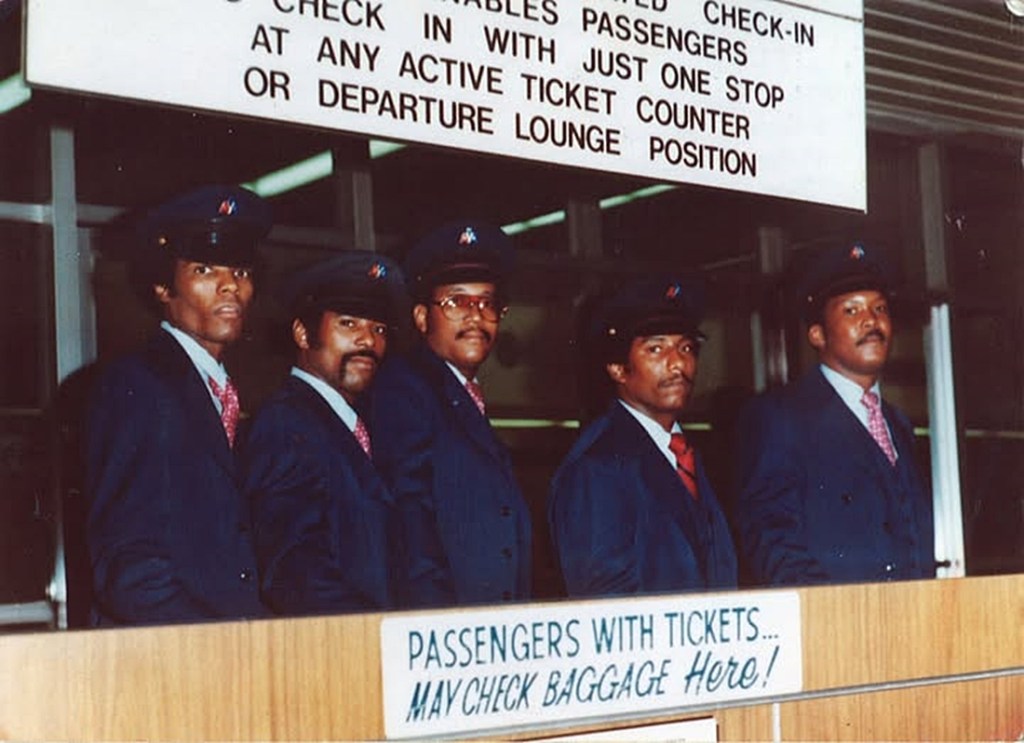
Phoenix Sky Harbor International Airport
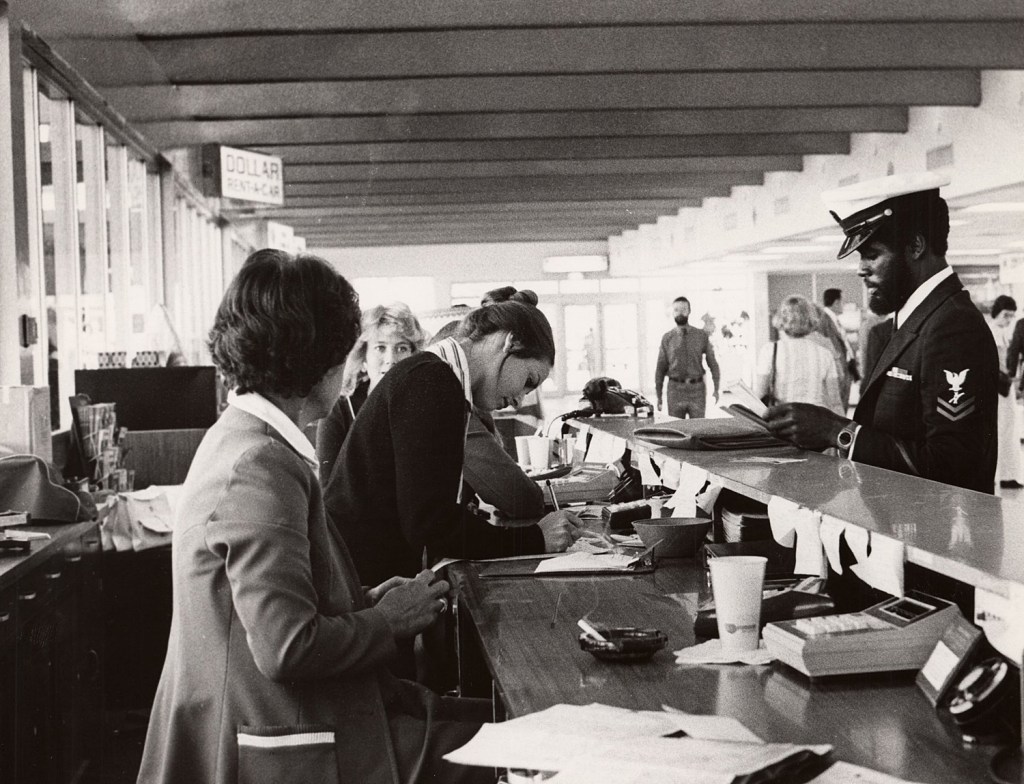
Phoenix Sky Harbor International Airport
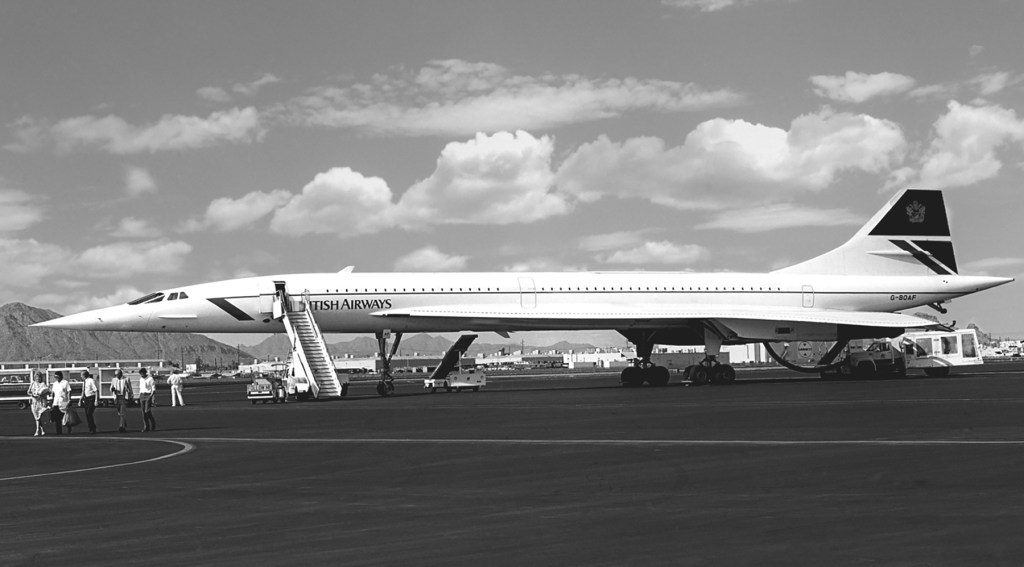
Phoenix Sky Harbor International Airport
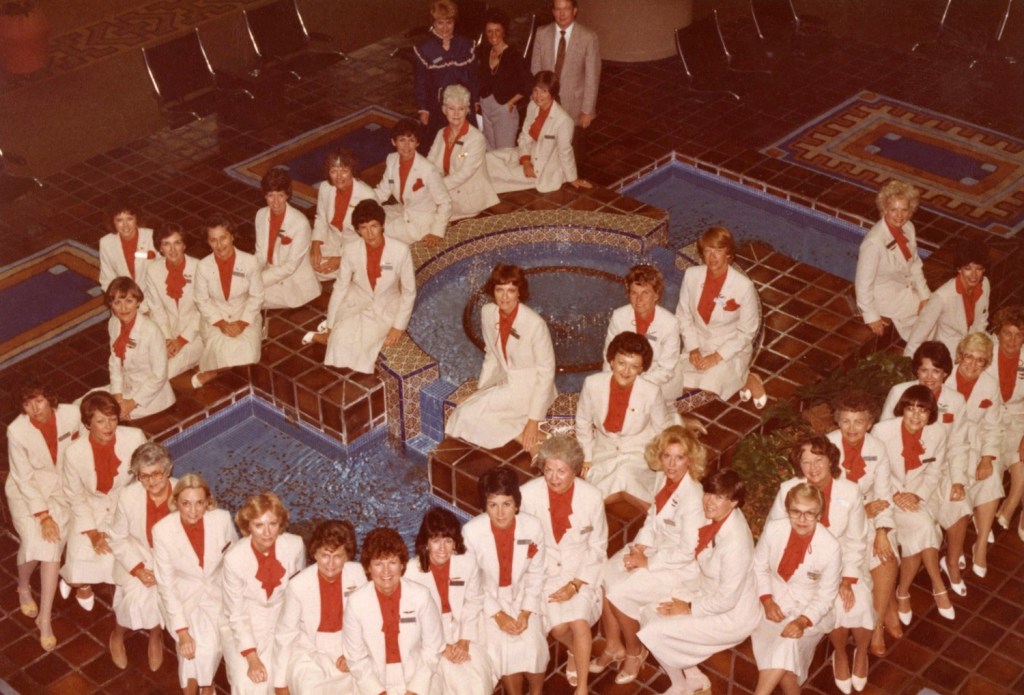
Phoenix Sky Harbor International Airport
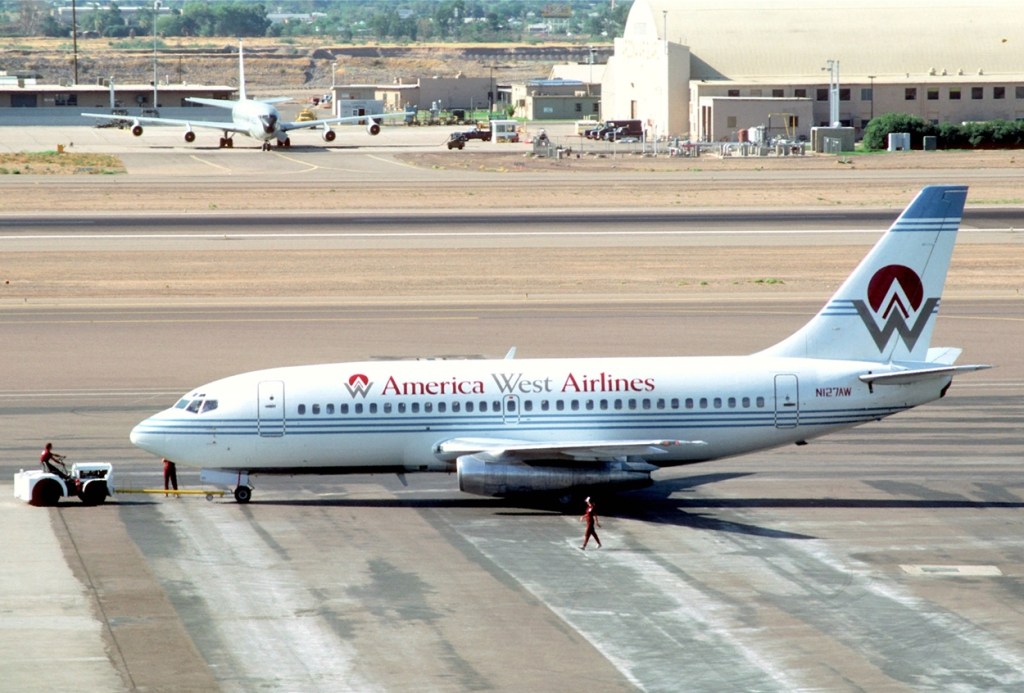
Aero Icarus/CC BY-SA 2.0/Wikimedia Commons
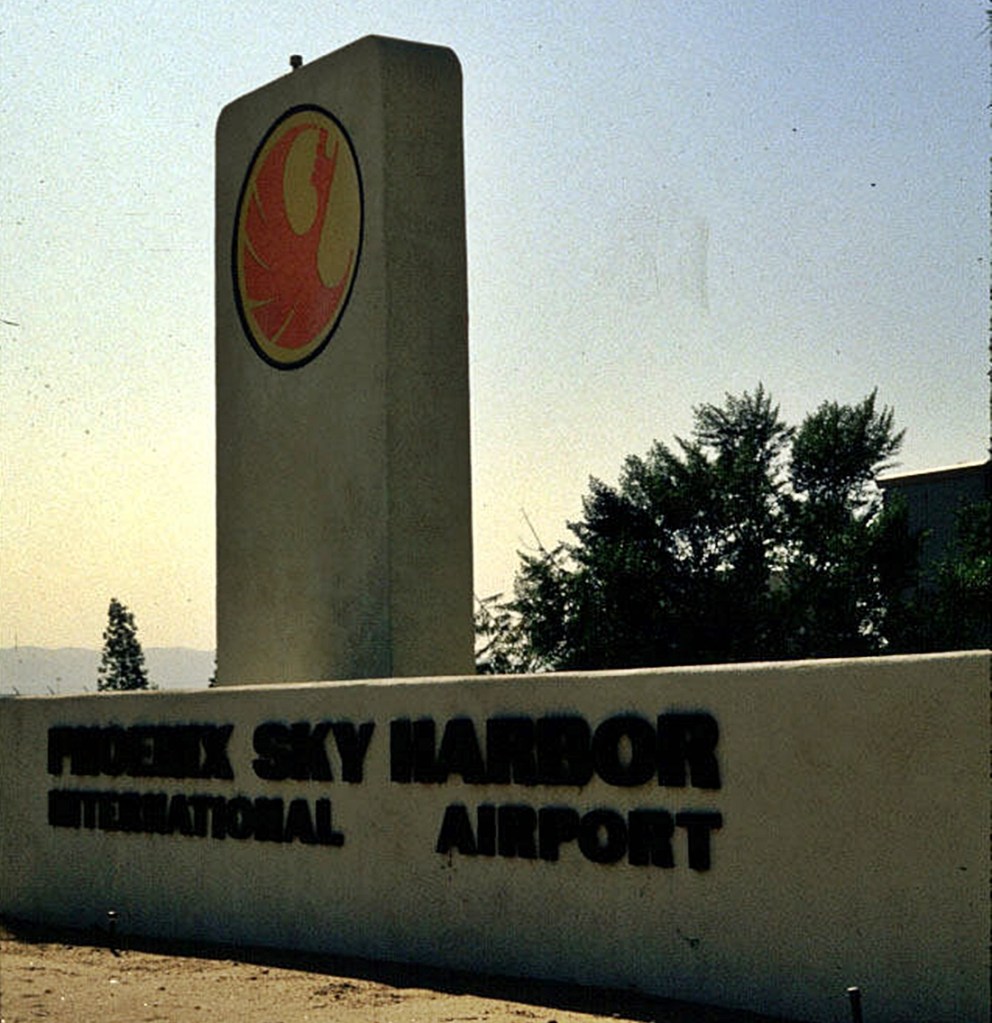
Tempe History Museum

Tempe History Museum
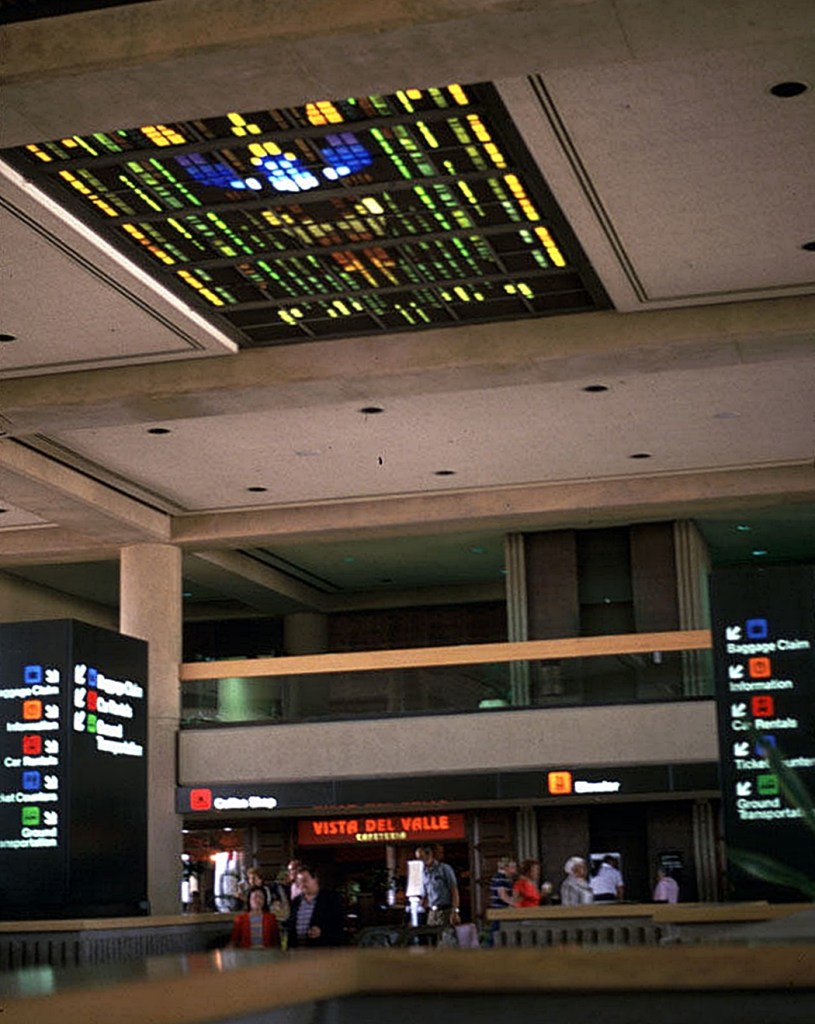
Tempe History Museum
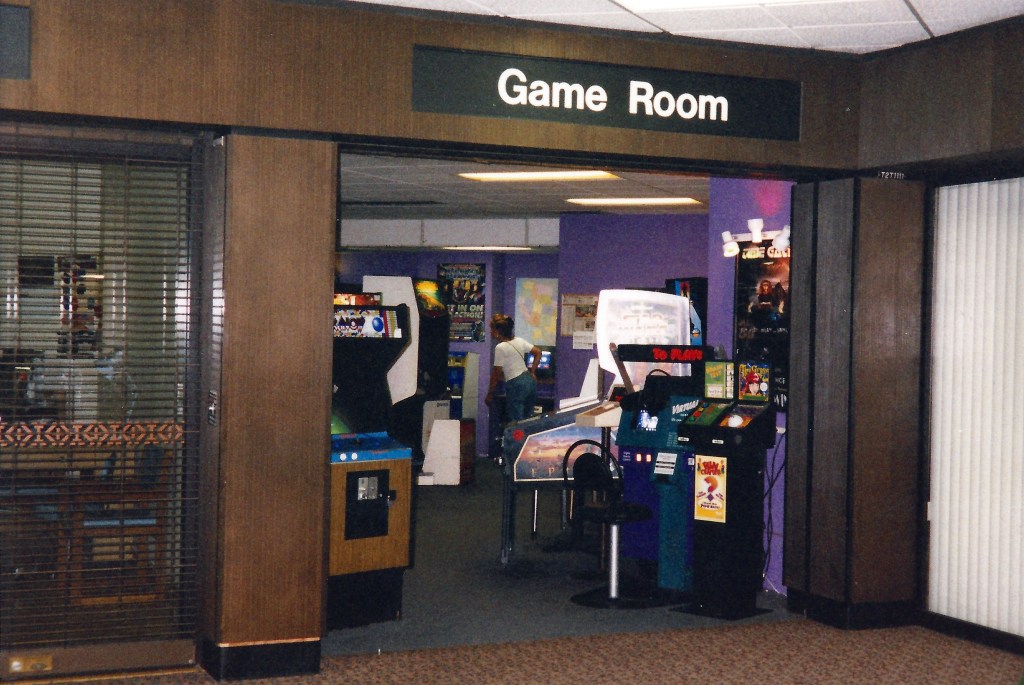
“Danger” Dann Frank
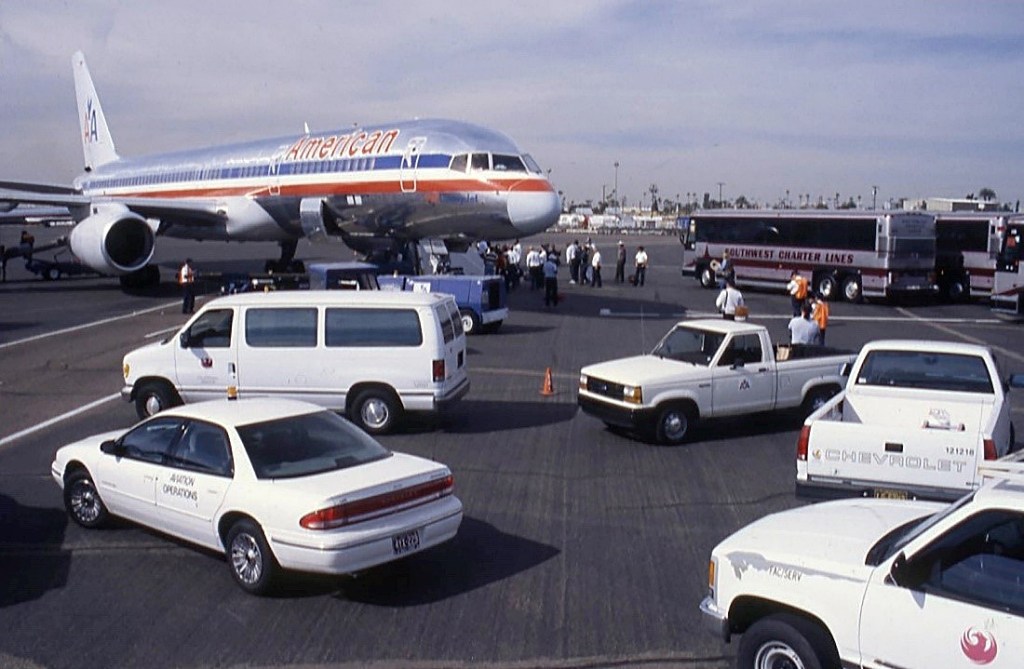
Phoenix Sky Harbor International Airport